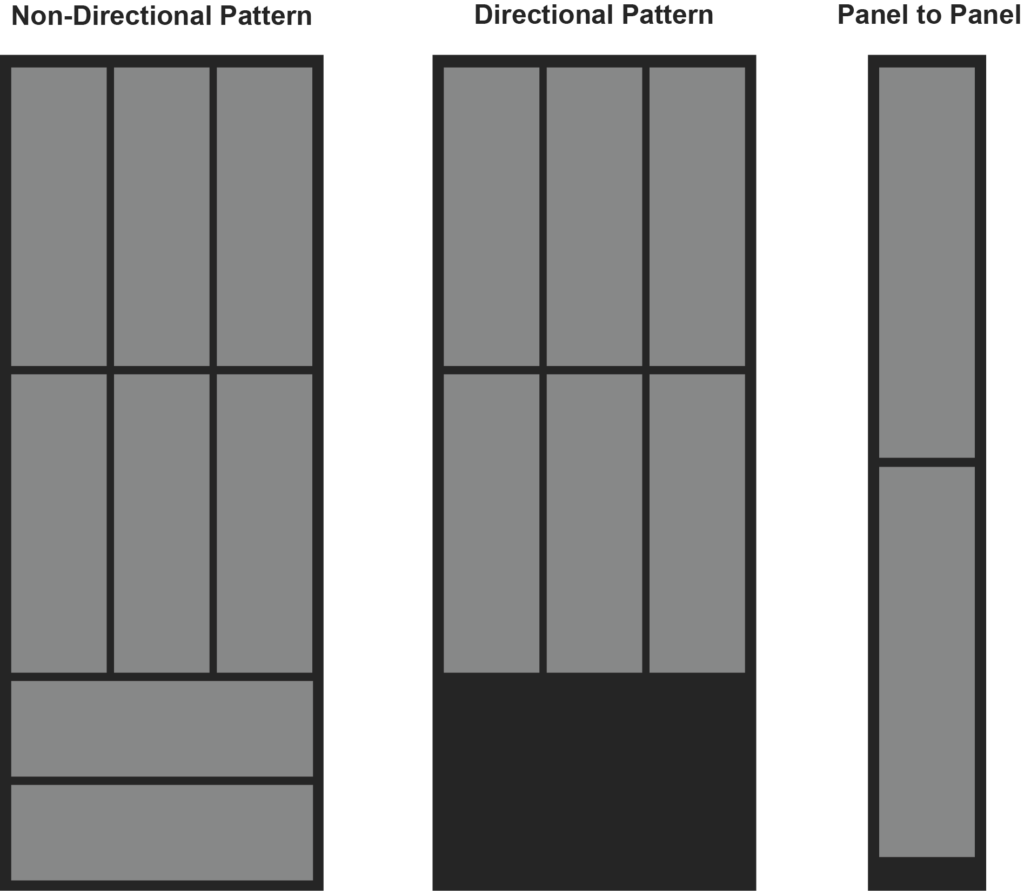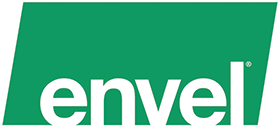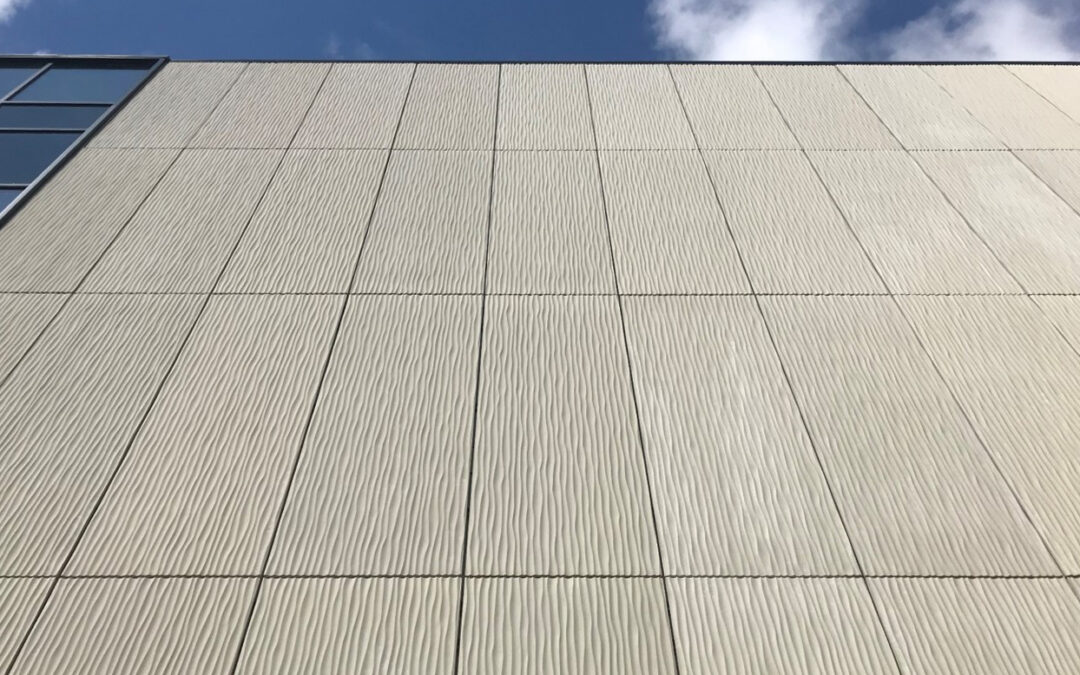Custom designs and patterns in cast UHPC panels are almost limitless in design. However, a few factors can significantly impact the cost of a project that a designer, if aware of, could utilize to progress their design.
1. The Mold Dilemma: Maximizing Utilization Rates
It should be understood that mold-making is one of the most significant costs associated with creating UHPC panels. So, a good utilization rate of a mold is imperative for a well-budgeted project. Looking at both the percentage of a sheet that yields panels and the number of times a mold is cast during a project defines a good utilization rate. Full use of sheets and high usage rate for any molds created assist with overall project pricing.
2. Pattern Depth: Controlling Complexity
Pattern depth also affects production costs. Envel’s in-house CNC routers can create patterns up to 1 inch deep, while deeper or more intricate patterns require outsourcing to third-party resources, increasing the overall cost. Moreover, the complexity of the pattern affects how quickly it can be produced. Simple, straight-line patterns are easier for machines to cut, as they can operate continuously. In contrast, randomized or intricate designs slow down production as the machine must frequently adjust, making short, precise movements.
3. Directional Patterns and Alignment: Design Considerations
Typically, panels are manufactured by creating a larger sheet that is processed down into smaller panels for a project. If the pattern has directionality, it means all panels cut from the sheet can only be cut in one direction, and there is not as much flexibility in utilizing a sheet to reduce waste. As seen in the Directional pattern mold, a smaller master sheet mold would be made to produce the project to stop waste, but that would also mean more master sheets must be cast to attain all panels for a project, extending the time to create a project or increasing the need for more molds so more casts can be done at the same time, but this lowers the utilization rate X panels now divided by two times the molds.
Another pattern design that is a cost premium are patterns that need to align from panel to panel. As you can see from the example below, if a panel is cut from sheet goods, in a nonaligned pattern, any of these panels can go next to any of the other panels, cut from any of the master sheets at any location. However, if a pattern must align from panel to panel, then very specific master sheets, likely with very specific widths or heights, must be created in order to ensure all panels have pattern alignment. This makes for very inefficient master molds and the need to definitely increase the number of master molds created.

By keeping these design considerations in mind, architects and designers can take full advantage of UHPC’s potential while staying within budget. While the creative possibilities are nearly endless, strategic decision-making can ensure your project is both aesthetically stunning and cost-efficient. With this approach, you’ll be well-prepared to design bold, innovative facades that push the boundaries of UHPC while managing the practicalities of production and cost.





